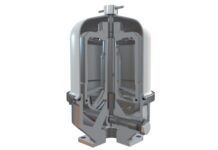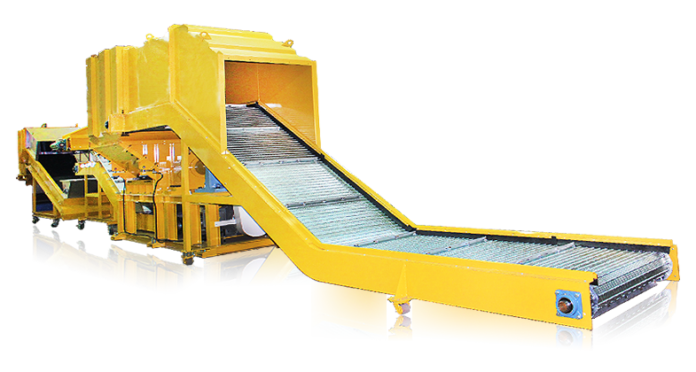
Plastic is one of the most popular, most important and most used materials in the modern world. However, it is precisely its popularity that is a part of a major problem. That problem concerns environmental pollution, and then many other areas as well. This is also the main reason for the emergence of plastic recycling awareness. To grind and then recycle PET bottles – we need special machines so-called shredders. How do they work and which ones are best – we will explain in the text below.
Recycling Plastics
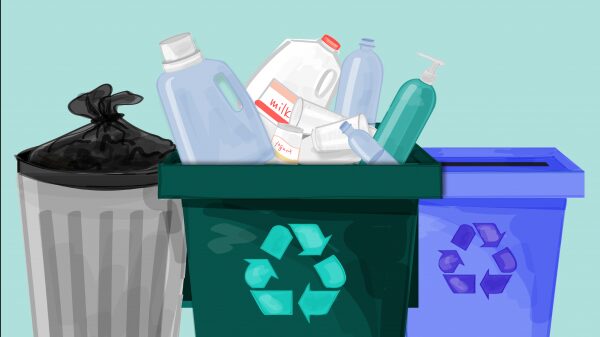
Recycling of plastics and PET bottles refers to the process of recovering plastic waste and processing those raw materials – to recover a useful product. This is not a biodegradable material, which means that it remains in landfills and seriously disrupts the balance of living space in many ways. Generally, factories that recycle waste material consume less energy and less use of natural resources. This is precisely the fact that has a positive impact on the global economy.
PET materials fall into the domain of secondary raw materials – and more and more work is being done in the world to make sense of the importance of recycling this material. The recycling of plastic for its primary purpose – is to reduce the total of plastic and other solid waste on the entire planet. This can be done through steps taken locally. Recycling this material is far more than collecting and selling PET waste – as it may seem at first glance. It is a serious business that requires serious investment and serious work.
The Plastic Recycling Process
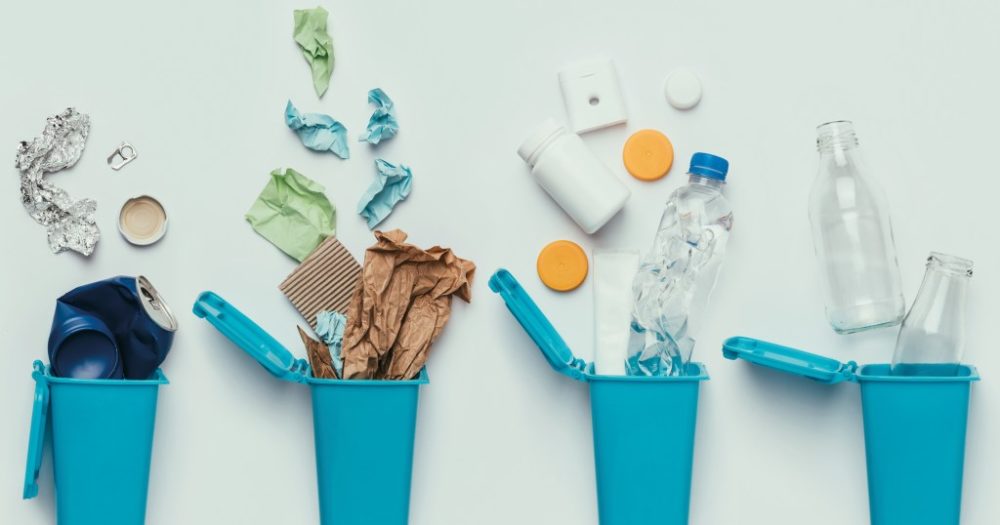
The process of recycling plastic takes place in several stages. Unfortunately, plastic waste is still a major problem around the world. This is because just a small number of countries are capable of taking this action. The recycling process begins with the collection of the plastic bottles – and ends with the production of clean plastic snippets that are further used in production.
1. Collecting And Sorting
This phase involves an organized system for collecting plastic waste and sorting it. This is usually done by the type of plastic, the resin content in it, and the color.
2. Shredding And Washing
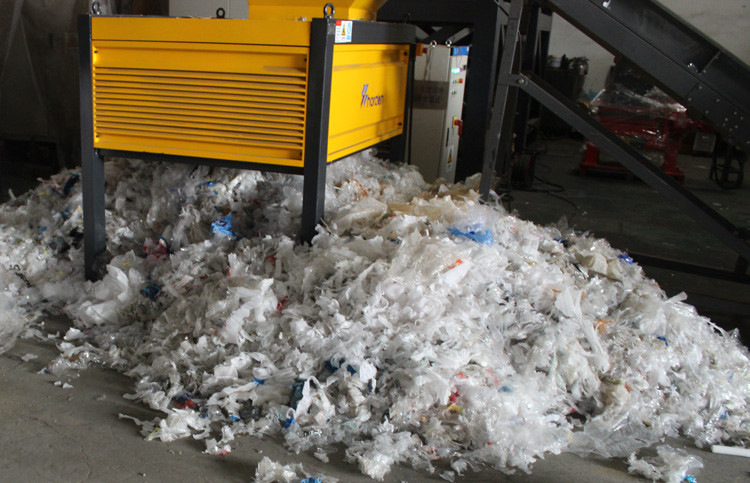
This phase involves shredding and chopping the sorted PET material into pieces and sheets. They are then separated by their weight with the help of special machines. This is important for the separation of different types of plastics – because not all are used to make the same products. Subsequently, the resulting particles are washed to eliminate any residual contamination.
3. Melting
The recycling of PET bottles continues in the special plastic processing plants. The dried parts are melted and modulated to a certain shape – where the so-called granules are formed. The process takes place under regulated temperature conditions – and with the help of specialized mechanisms that will not destroy the plastic. Check this out for more info on how the whole process goes and what benefits it brings. This phase is one of the key ones in the process of processing old and obtaining new plastic materials. We will use these new raw materials for further production.
4. Production Of Clippings
After melting, the parts are compressed into sections. They are further used and redesigned into a new plastic product. Recycled material is hardly used to produce the identical product from which it was obtained. It is transported in the form of clips to companies that produce new useful plastic items.
Plastic Shredders
In recycling plastic waste, shredding is used for crushing waste materials produced in factories and consumed plastics. On-site crushing has a way of online crushing and direct crushing that is used – which is to use non-contaminated waste materials that have not entered the field of commodity circulation, direct shredding and adding new materials. PET shredding after consumption can reduce the volume of plastic waste. It is suitable for the transportation and storage of plastic waste and a project is needed to improve separation accuracy.
Types of Plastic Shredders
On-line Shredder
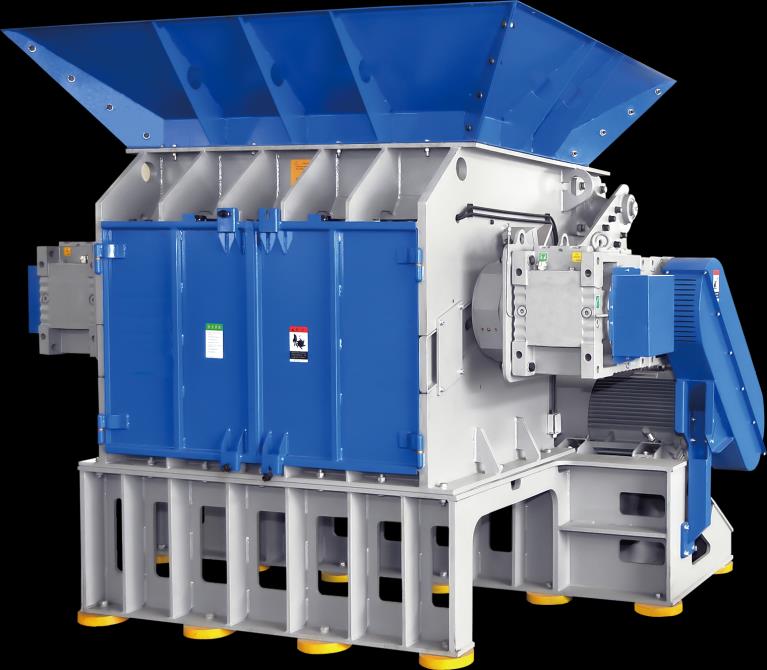
Destroying PET waste is a significant method for reusing a few materials from industrial facilities. Edges and corners are the sorts of waste created at the manufacturing plant as a component of an exceptional creation process. This is because they are frequently not spotless enough and can be squashed and blended straightforwardly into new materials – by and large up to 10% or significantly more. Inadequate sheets and material heads can be reused after squashing with various shredders. Because of their enormous width and long length – huge channels regularly require extraordinary shredding gear. Else, they should be hand-hacked into little pieces before common shredders can break them.
Classic Types Of Shredders
A wide range of shredders is utilized for pulverizing and slashing crude materials, for example, channels, sheets, and heads. PET waste originates from amazingly complex sources and comes in numerous structures. There are different appropriate smashers for such plastic waste, including single-pivot smasher, twofold smasher, brush smasher, just as huge smasher, and other exceptional smashers.
Which Shredder To Buy For Grinding PET Bottles?
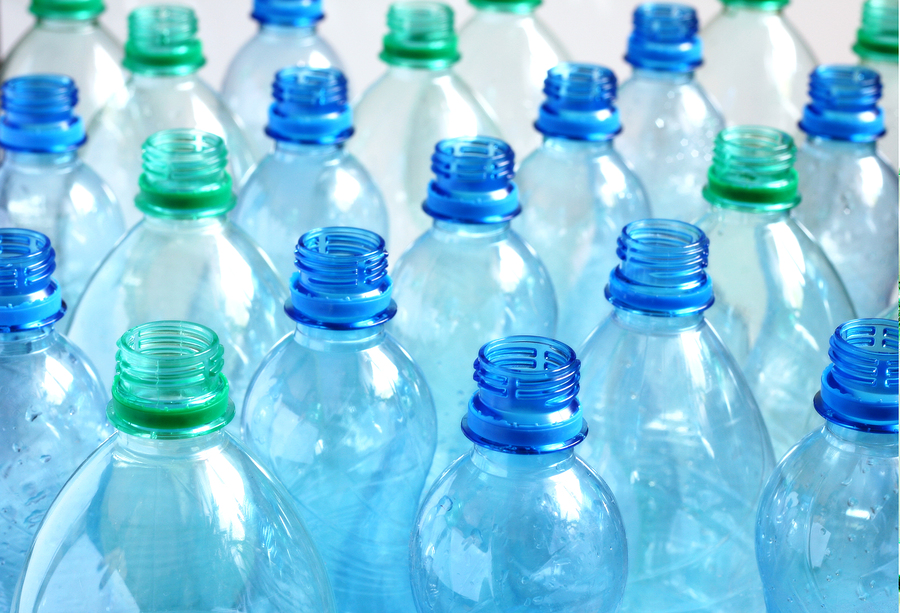
Grinding PET bottles is usually the first stage of washing and recycling PET – and as such may be the most important stage of washing the clips. In the shredder, the bottles are cut into 12-14 mm pieces. However, if the mill is using the water, then there is a great deal of washing the chops! The impurity that is removed in this washing process is almost 60% of the impurity on the receipt of recycling bottles.
The mill suffers heavy impact loads, it must be massive, rigid with a structure that will not change after a year of operation. Therefore, if you are in the business, make sure you choose a high-quality plastic mill. On the market, you can also find those of less quality and performance – that fall apart when grinding because they are not well-conceived in the beginning. For professional recyclers, a huge shredder, with a capacity of at least twice the size of the washing line, is required to operate in an optimal mode.



